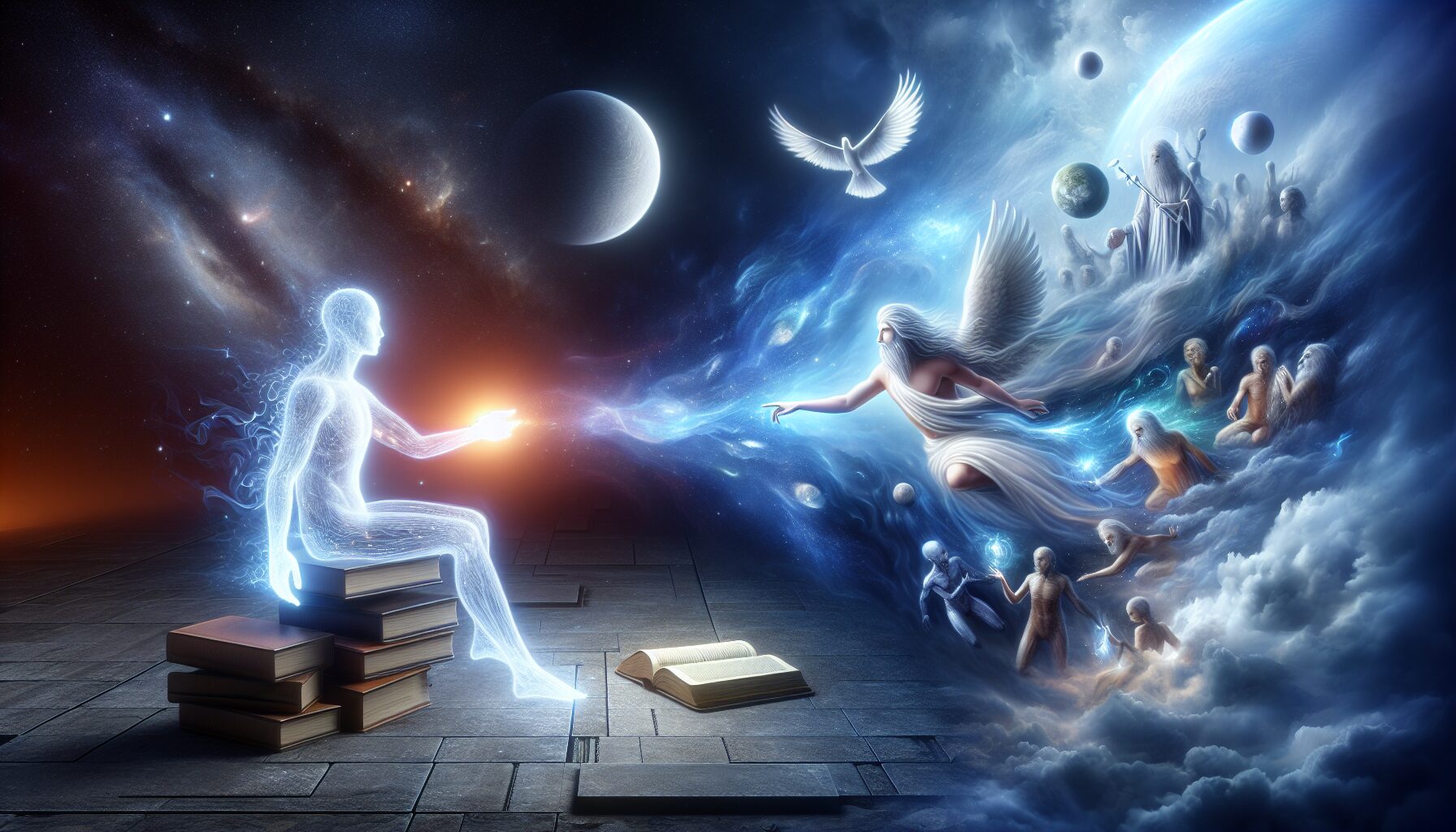In the early days of any movement, energy flows freely. Ideas explode like fireworks, unrestrained by the confines that inevitably follow. But as time marches on, the initial spark is often codified, condensed into rules and regulations meant to preserve the essence of the original vitality. This transition, while seemingly beneficial for structure and preservation, can sometimes stifle the very spirit it aims to capture.
The Birth of Codification
Codification is not a new phenomenon. From the Codex Hammurabi to modern constitutions, humans have always sought to enshrine beliefs and practices in text. This process can be seen as both a celebration of human intellectual achievement and a recognition of mortality. The paradox lies in that even as we seek to immortalize living truth through codification, we risk embalming it—trapping it in amber where it cannot change or grow.
Consider the words of C.S. Lewis, who observed, “The perfect church service would be one we were almost unaware of; our attention would have been on God.” The deeper truth in his reflection speaks to the heart of the spirit behind rituals and rules: that when our focus is on the mechanism rather than the essence, the life within can slip away unnoticed.
When Rules Become Binding
The story of the codification of spirit is vividly illustrated in the realm of religious traditions. Religions, at their inception, are often radical and transformative. They seek to upend the status quo, offering new perspectives and paths. However, as they grow, the necessity of organizing believers into a coherent community leads to the creation of doctrines and codes. These rules provide guidance and shared identity, yet they risk becoming a hierarchy that can extinguish innovation.
- Unity vs. Uniformity: Codification aims for unity but often results in uniformity, where deviation from the norm is less tolerated.
- Preservation vs. Growth: By focusing on preserving the original teachings, there is little room left for new interpretations or growth.
- Control vs. Freedom: Rules provide order, but they can also restrict the freedom that gave rise to the original movement.
This phenomenon is not confined to religion alone. Movements in science, art, and societal change have encountered similar fates. The initial breakthrough or rebellion gradually morphs into an established system, often losing the daring spirit in exchange for longevity and legitimacy.
Finding Balance in Codification
The challenge lies in finding balance, recognizing that while rules are necessary, they should not become prison bars. Dynamic movements, whether philosophical or cultural, must embrace change and renew their spirit to avoid stagnation. Jazz music, for instance, thrives on its organic and improvisational roots even as it respects certain foundational tenets.
“The only true wisdom is in knowing you know nothing.” — Socrates
This famous quote by Socrates reflects the essence of retaining an open mind. It suggests accepting impermanence and being perpetually open to learning and growth, an approach all too often sacrificed on the altar of certainty and codification.
The Path Forward
So how does one preserve the living truth without suffocating it in rules? The key might be in fostering environments that allow for continual questioning and creativity. Here are ways to maintain the spirit within organizational frameworks:
- Encourage Dialogue: Maintain open forums for discussion, where ideas can evolve without fear of censure.
- Adaptability: Establish rules as guidelines that can be revised, recognizing that societal and cultural contexts change over time.
- Foster Innovation: Support innovators within the movement to experiment and explore new dimensions of understanding.
The codification of spirit need not be a death sentence for dynamism. When approached with humility and openness, it can serve as a foundation for further exploration rather than the ceiling that limits it. As we navigate the tension between rules and spirit, let us strive for systems that honor both the past and the potential of the future.
